I returned to my university town of St Andrews last week with the expectation that it would be some emotional pilgrimage to my past, but it was not. It felt, in the most marvelous way possible, mundane and ordinary and to be expected, and nothing more or less than that.
We left a pre-dawn Edinburgh early:
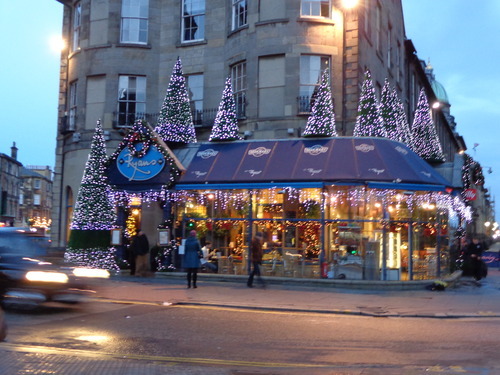
We took the Fife Coastal Route, which wends its way, after arcing over the Forth Road Bridge, through the lovely fishing villages & towns that pepper the Fife coastline. We learned lots of important things from one another on this car ride that I somehow failed to learn for the four years I lived in Fife. For instance, Burntisland is pronounced “burnt island” NOT “burntiss land” — aPPARently.
To start off our journey into the past, we stopped off in Elie to relive that field trip we had that one time, which was so windy we had to flatten ourselves into the hillside below the rookery and scoot down on our bums so that we wouldn’t get blown forcibly onto the slippery half-submerged outcrops we were meant to be mapping down below. All the while taking notes in our field notebooks which were protected in plastic bags because, oh yeah, it was bucketing horizontal sheets of rain.
This was a slightly nicer day:
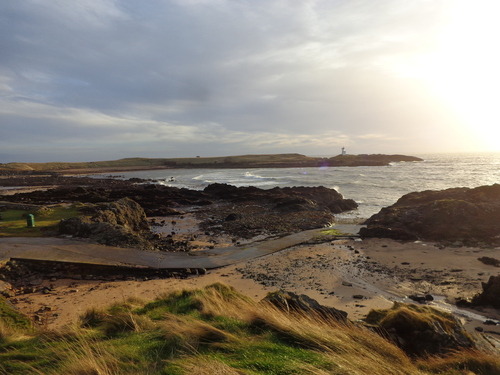
(PS that’s the rookery on the far outcrop. So many memories.)
Onwards, through Pittenweem, Anstruther (known by locals as Ainster, and home to the oh-so-great Anstruther Fish Bar), a brief stop in Crail to visit the café and relive that time that Jo tried to pour out her tea into a flower bed, but it was so windy that all the tea just got whipped straight back over the rest of us…. but, the café being closed, we just wandered down to the pier and visited the local pottery, and briefly got lost in a caravan park.
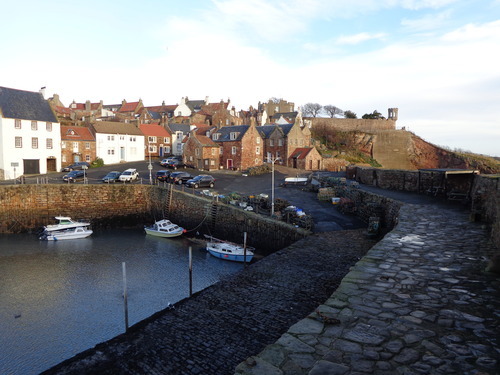
So we powered through Kingsbarns (home to the Byre Theatre’s costume warehouse), and as we passed the Fairmont on the golfy Trump-bluffs before St Andrews, we spied the cathedral peaking through, and we were BACK.
This is West Sands, looking south toward St Andrews:
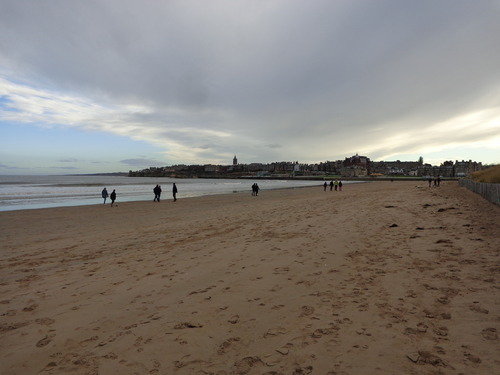
So many walks taken on this beach. So many days spent out enjoying a rare day of sun, procrastinating on exams, facing blustery cold to scuff through layers of sand and snow in winter, watching endless sunset/rises, doing furtive mid-winter nude dips intended to boost winter toughness but resulting only in pneumonia….
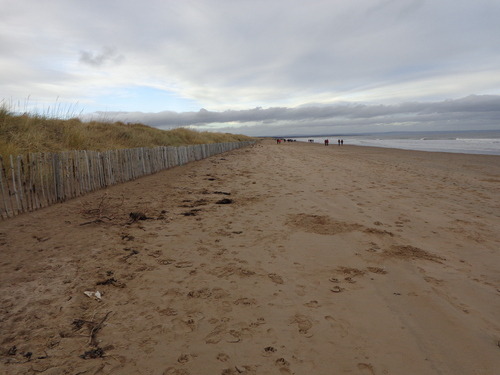
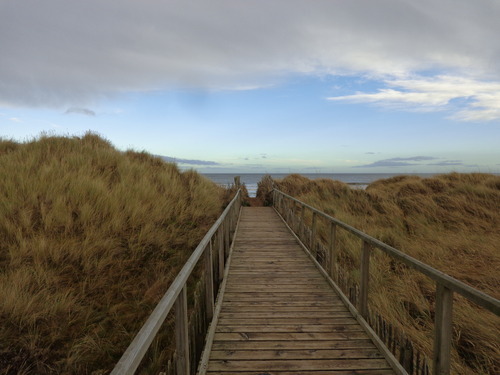

x
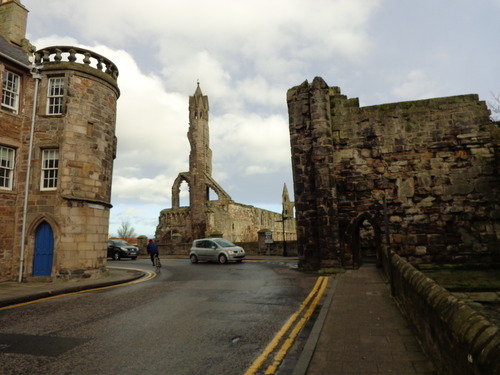
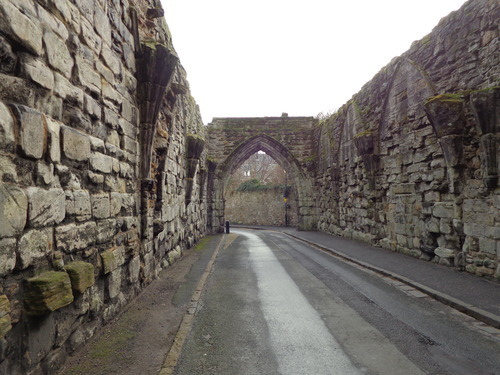
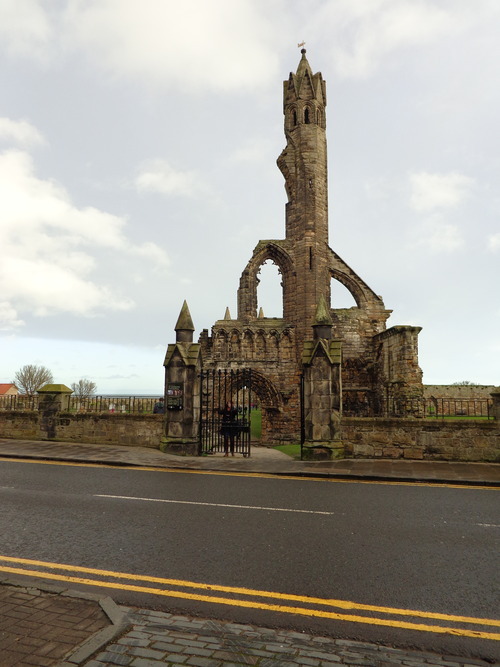
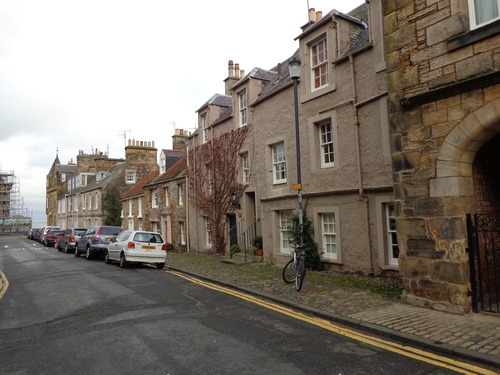
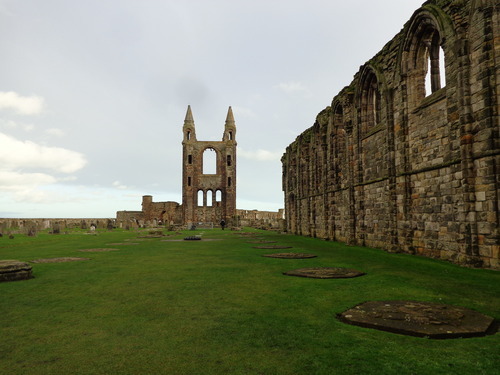
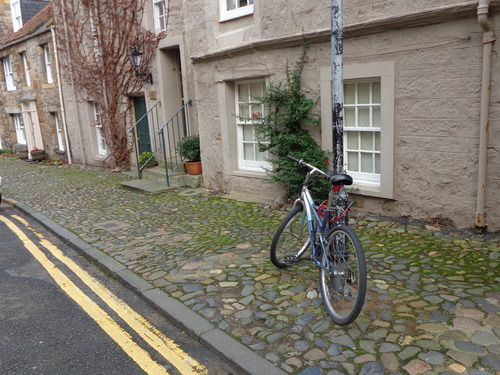
We strolled through town, down cobbled streets and around the cathedral to out along the pier (though my camera gave up the good fight by that point), stealthified our way into our old department building courtesy of a still-functioning keycard, paid desperate tribute to the Byre Theatre (RIP), long-term and much-beloved place of employment:
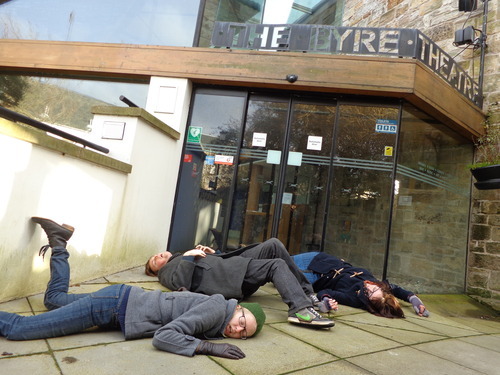
The day concluded with fish’n’chips from some new chippy that’s moved in at the end of Market Street since we graduated (pffft); we ate them in the quad, sitting on the cold stone pavement next to the pillars, reading entries from a post-card project commemorating St Andrews University’s 600th anniversary, which it celebrated last year (again, after we graduated: therefore irrelevant). And then we called it a day and said goodbye to St Andrews and piled into the car, and we left our university town behind again and drove back to Edinburgh. Here’s hoping we make it back in another two and a half years to think on post-uni life from a vantage point that is even older & wiser (hah!).

































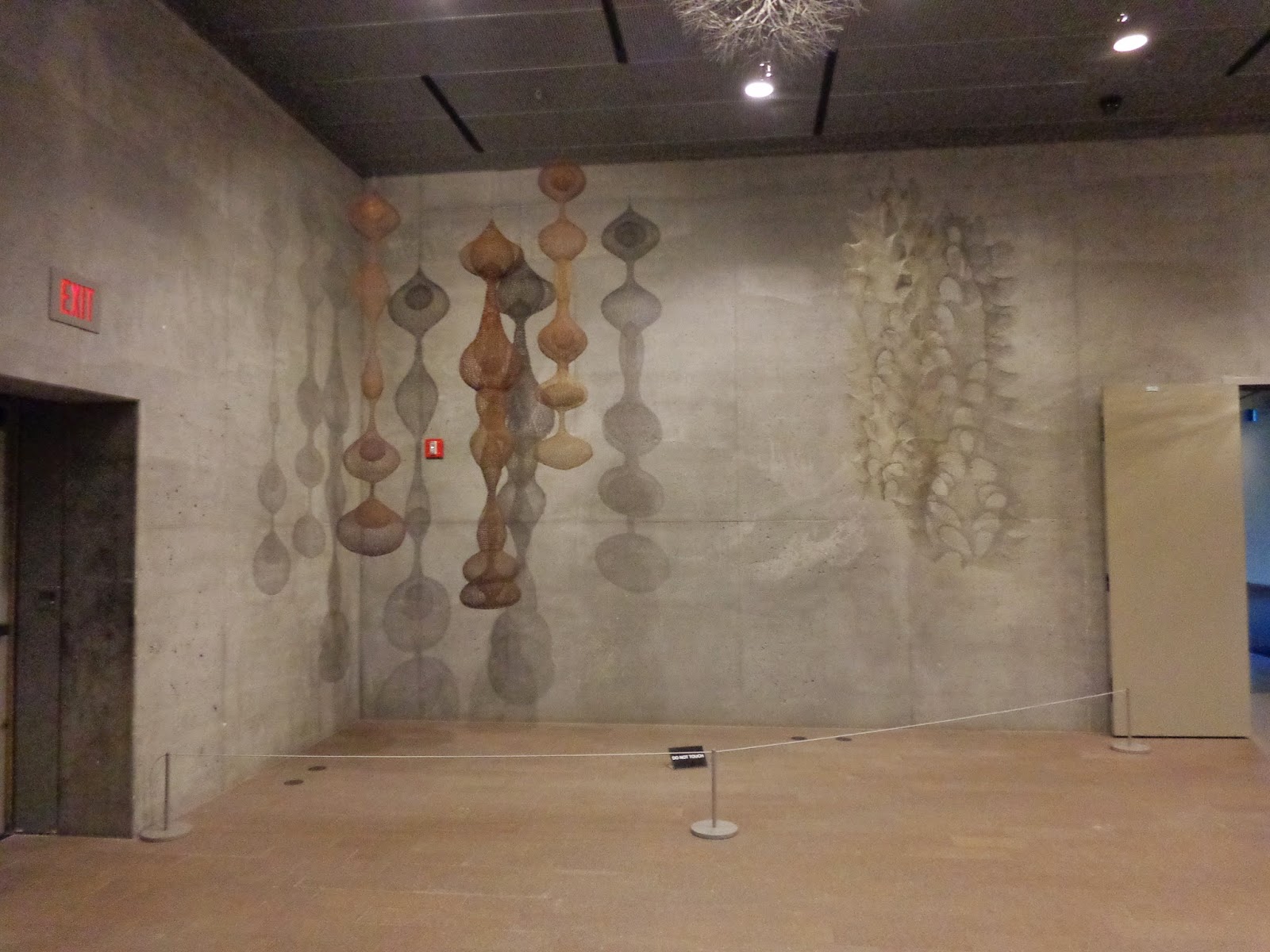











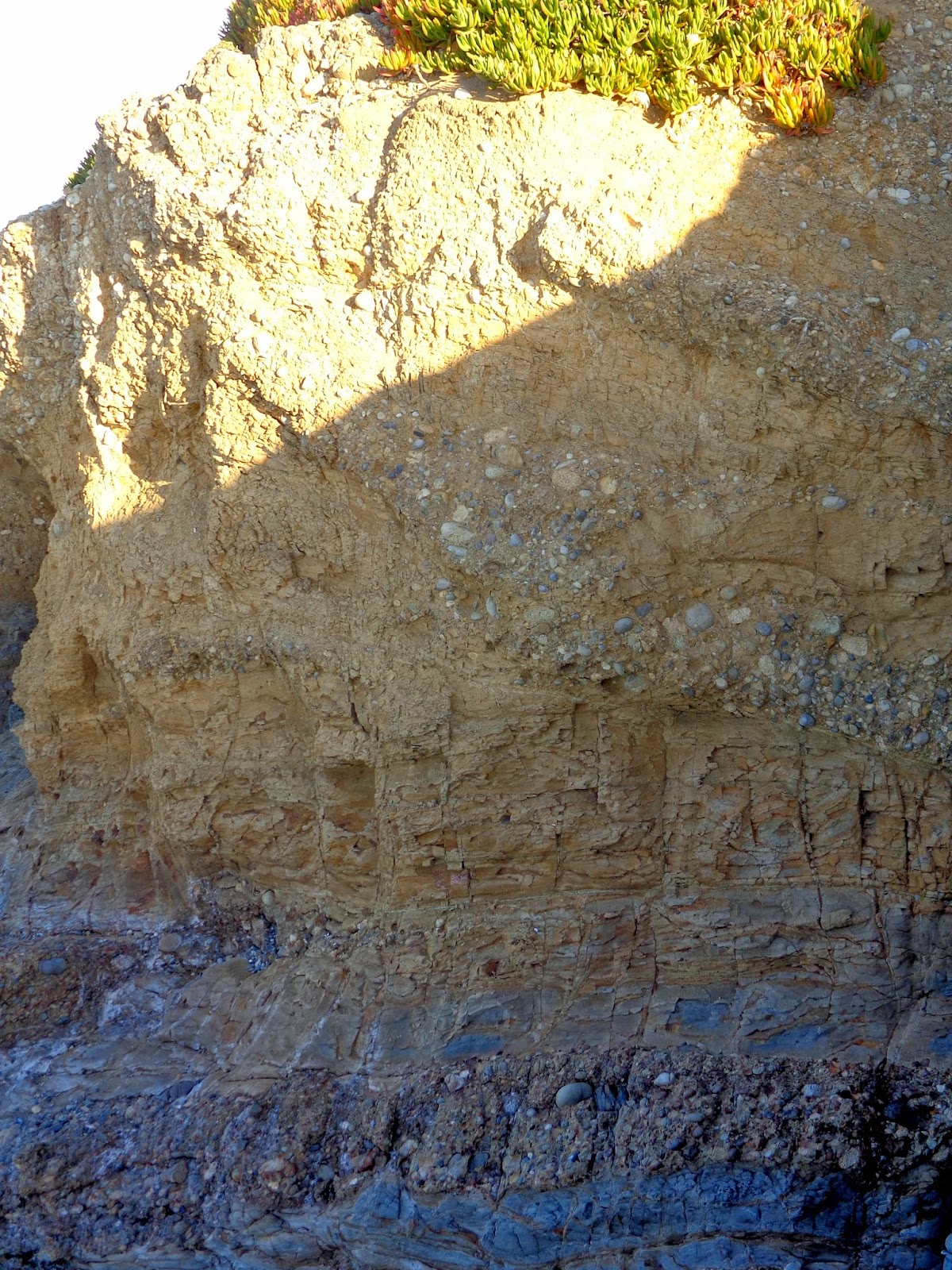







 x
x





